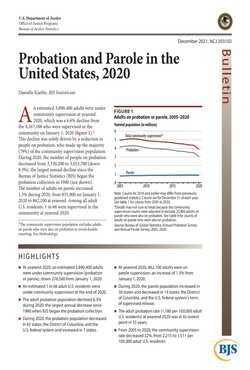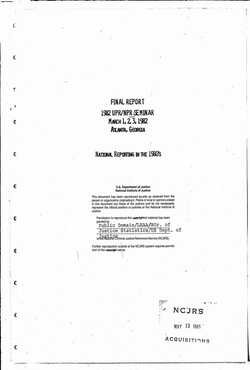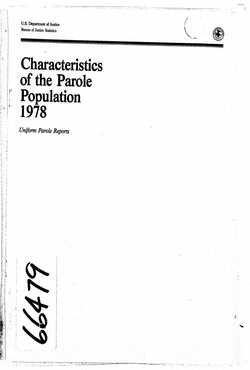By Danielle Kaeble, BJS Statistician
This report presents national data on adult offenders under community supervision on probation or parole in 2019. It includes characteristics of the population, such as sex, race or Hispanic origin, and most serious offense. The report details how offenders move onto and off community supervision, such as completing their term of supervision, being incarcerated, absconding, or other unsatisfactory outcomes while in the community. Findings are based on data from BJS’s 2019 Annual Probation Survey, Annual Parole Survey, and Federal Justice Statistics Program.






